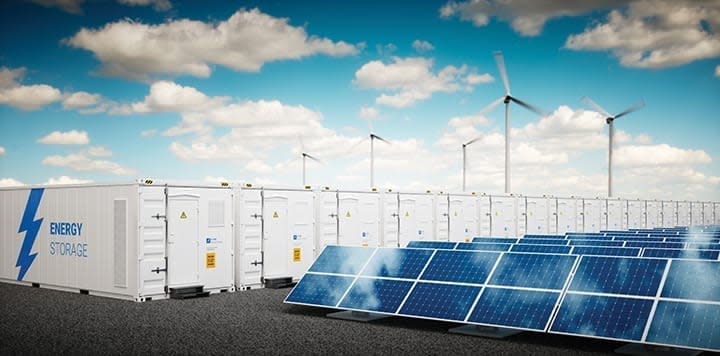GOP-Held Congressional Districts Cash in on Clean Energy Projects

More than $106.5 billion in large-scale clean energy project investments have been announced in Republican-held congressional districts in the U.S. during the period from August 2022 through June 2024. The figure was released by E2, a national, nonpartisan group of business leaders, investors, and professionals from every sector of the economy who advocate for “smart policies that are good for the economy and good for the environment.” In contrast, Democrat-held congressional districts garnered slightly less than $15.4 billion in investments. Seven of the nine projects announced in June are in congressional districts represented by Republicans. Since the Inflation Reduction Act (IRA) passed, only a small majority (56.6%) of major clean energy projects announced have been in GOP-held districts, but 85% of total investments have been in those jurisdictions. Among the larger projects announced in June was a $620 million solar wafer manufacturing plant in the Tulsa, Oklahoma, area, and a $40 million factory that will make battery components in Pickens County, South Carolina. North Carolina has pulled in the most money since the IRA was signed on August 16, 2022, with nearly $19.695 billion invested in the state. Others states that have fared well include Georgia ($15.280 billion), South Carolina ($14.460 billion), and Michigan (11.690 billion). In all, E2 reported that at least 325 major clean energy projects have been announced in 40 states and Puerto Rico since the IRA passed. According to the group’s analysis, companies plan to invest nearly $125 billion in these projects. “With record-breaking heatwaves and hurricanes ushering in a deadly summer, the need for a cleaner economy is clear. These projects will help give us the tools we need to reduce carbon emissions that are driving climate change, while continuing to grow our economy,” Michael Timberlake, E2 communications director, said in a statement released in conjunction with the data. Jobs are also heavily skewed toward GOP-held districts. Of the more than 108,000 jobs expected to be added from the projects, 68.0% are reportedly in Republican districts, while 24.7% are in Democratic districts. The districts for the remaining 7.3% of jobs were unknown. —Aaron Larson is POWER’s executive editor (@POWERmagazine).